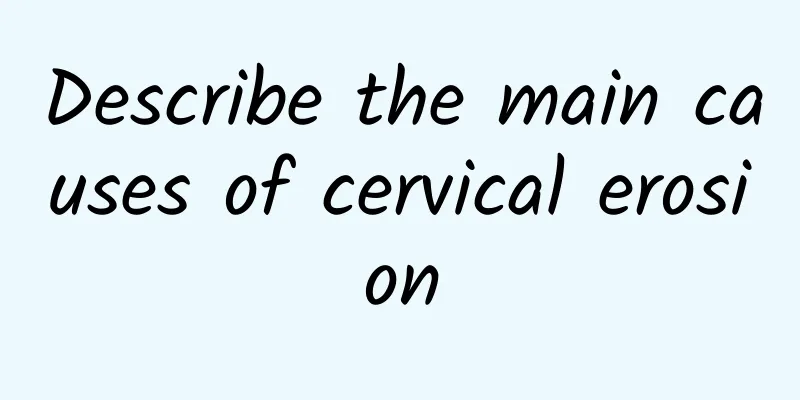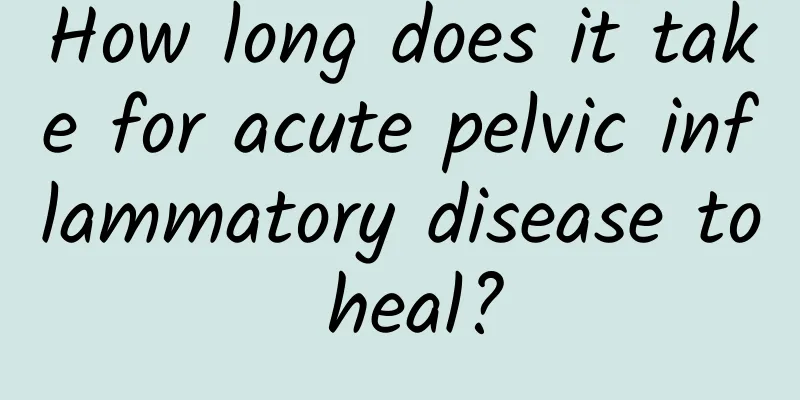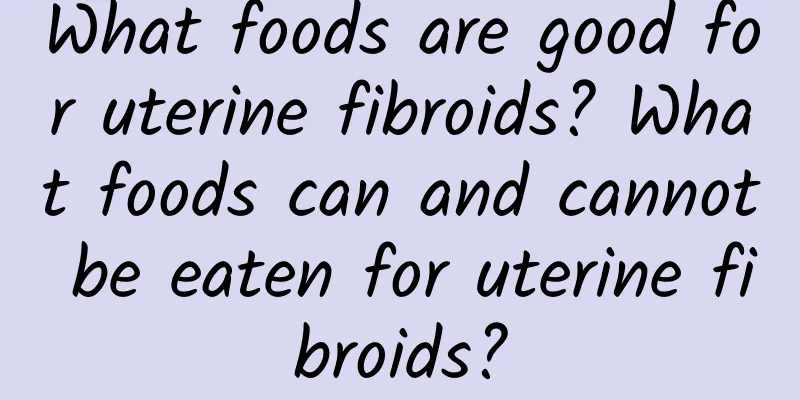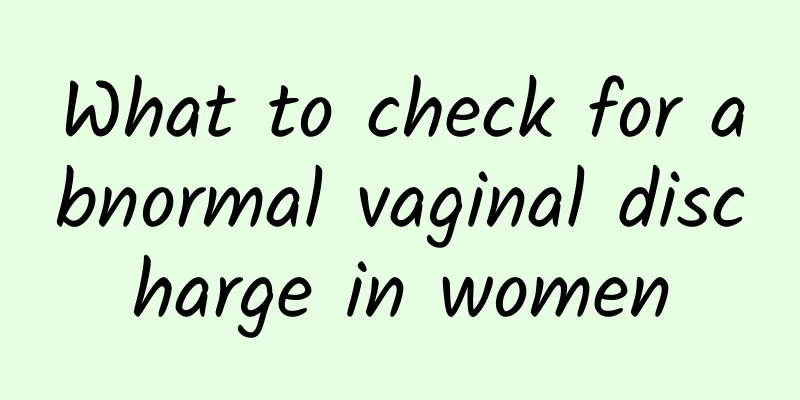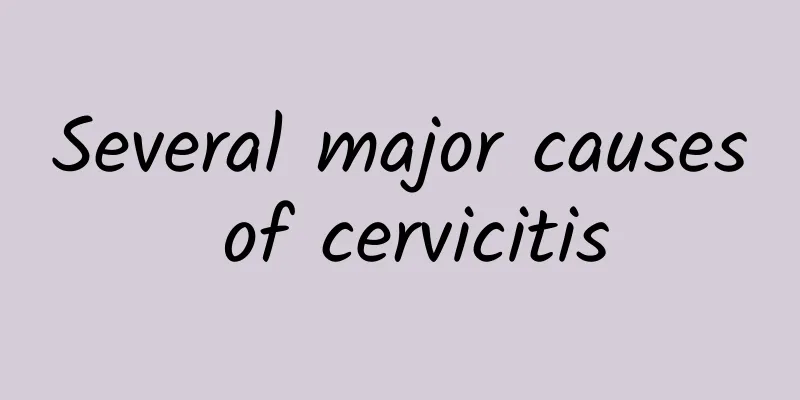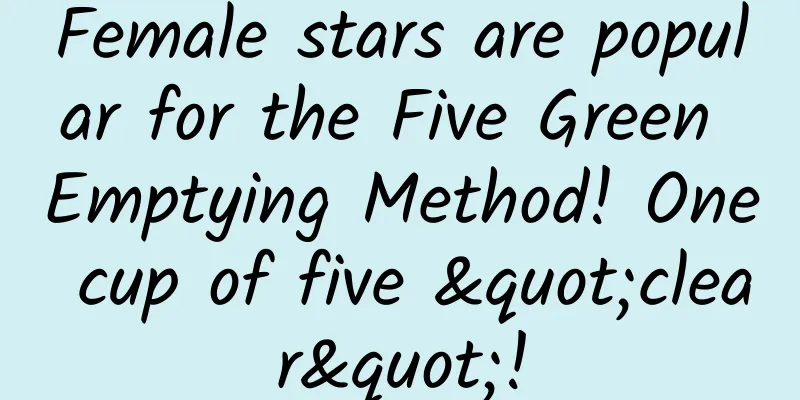How to treat chronic pelvic inflammatory disease patients to achieve recovery

|
How to treat chronic pelvic inflammatory disease patients to achieve recovery? The number of patients with chronic pelvic inflammatory disease is increasing, and the age is getting younger and younger. Chronic pelvic inflammatory disease is a chronic hidden gynecological disease. When patients discover it, it has reached the middle stage, and chronic pelvic inflammatory disease is particularly prone to recurrence. Many female friends want to know how to treat chronic pelvic inflammatory disease. Experts say that the systemic symptoms of chronic pelvic inflammatory disease are not obvious, mainly swelling and pain in the lower abdomen and waist, sometimes accompanied by swelling and discomfort in the anus. Usually, it may be accompanied by frequent urination, leucorrhea, abnormal menstruation, dysmenorrhea and infertility when tired, sexual intercourse or defecation and before and after menstruation. When the body's resistance is reduced, such as busy work or fatigue, acute attacks may also occur. The clinical treatment of chronic pelvic inflammatory disease mainly includes the following: General treatment: Alleviate the patient's mental concerns, enhance confidence in treatment, increase nutrition, exercise, pay attention to the combination of work and rest, and improve body resistance. Physical therapy: Warmth can promote local blood circulation in the pelvic cavity, improve tissue nutrition, improve metabolism, and promote the absorption and disappearance of inflammation. Commonly used methods include short wave, ultrashort wave, microwave, laser, ion penetration, etc. Application of anti-inflammatory drugs: Etiological examination of cervical secretions is generally required to facilitate medication. Surgical treatment: Tubal hydrosalpinx or tubo-ovarian cysts and other masses should be treated surgically; acute episodes with small infection foci and repeated inflammation should also be treated surgically. The principle of surgery is to completely cure the disease and avoid the chance of recurrence of residual lesions. For young women, ovarian function should be maintained as much as possible. |
>>: What are the symptoms of submucous uterine fibroids?
Recommend
What medicine should women take for pelvic peritonitis
Pelvic peritonitis causes very serious distress t...
What if I have my period again after three or four years of menopause?
What's wrong with having menstruation again t...
2 powerful fruit and vegetable juices to easily drain water and reduce swelling
Water retention in the body is one of the causes ...
What are the symptoms of pelvic inflammatory disease?
Pelvic inflammatory disease mainly refers to infl...
Meat floss girls quickly learn 2 exercises to get rid of annoying belly fat
In order to strengthen the abdominal and waist mu...
Strengthening inspections of pesticide residues in fruits and vegetables has won support from industry players
According to data, the rate of unqualified pestic...
Can I get pregnant with uterine fibroids?
It is possible to get pregnant with uterine fibro...
How to Eat Healthy for Patients with Uterine Fibroids
Eat healthy, eat beautiful, eat fashionable is th...
How long will the perimenopausal holiday last?
Clinically, menstruation refers to menstruation, ...
Patients with vaginitis should understand the diagnosis basis in advance
Vaginitis is a gynecological disease caused by ba...
Introducing three methods of treating adnexitis
Do you know the methods of treating adnexitis? Th...
What to do if you have dysmenorrhea and feel cold all over? Here are some diets to try
If severe dysmenorrhea occurs and is accompanied ...
Afraid of hurting your joints and not exercising? Three principles of bone-protecting walking
Worried about wearing out your joints and not exe...
Will girls have toothache when their period is coming? Yes, it can cause
Women's menstruation can cause tooth acid. Be...
How to deal with vulvar itching
Vulvar itching is a common gynecological problem ...



